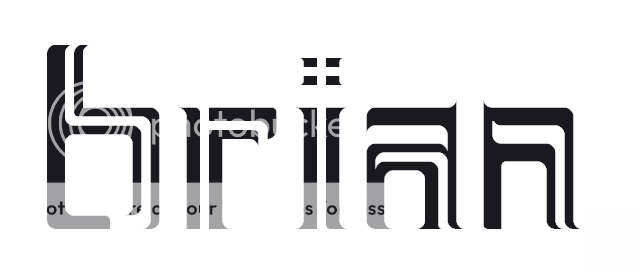Scott McCloud's Unifying Quadrants
I got pretty excited when I saw the following quadrants in Scott McCloud's TED talk on Understanding Comics because it ties together a lot of big ideas.
The first slide of quadrants showed four categories of comics, which he cleverly labelled classicist, animist, formalist, and iconoclast:

But then he pointed out how they correspond to Jung's four subdivisions of human thought: sensation, intuition, thinking, and feeling.

The upper and lower halves correspond to tradition vs. revolution:

The left and right halves to art vs. life:

One diagonal contrasts form and content:

The other contrasts beauty and truth:

Playing around with this, it's interesting to deduce that:
Putting it all together:

Music:

Movies:

Fine Art:

The first slide of quadrants showed four categories of comics, which he cleverly labelled classicist, animist, formalist, and iconoclast:

But then he pointed out how they correspond to Jung's four subdivisions of human thought: sensation, intuition, thinking, and feeling.

The upper and lower halves correspond to tradition vs. revolution:

The left and right halves to art vs. life:

One diagonal contrasts form and content:

The other contrasts beauty and truth:

Playing around with this, it's interesting to deduce that:
- Tradition = Sensation + Intuition
- Revolution = Thinking + Feeling
- Art = Sensation + Thinking
- Life = Intuition + Feeling
- Revolution + Art = Form
- Tradition + Life = Content
- Art + Tradition = Beauty
- Life + Revolution = Truth
Putting it all together:

Music:

Movies:

Fine Art:












